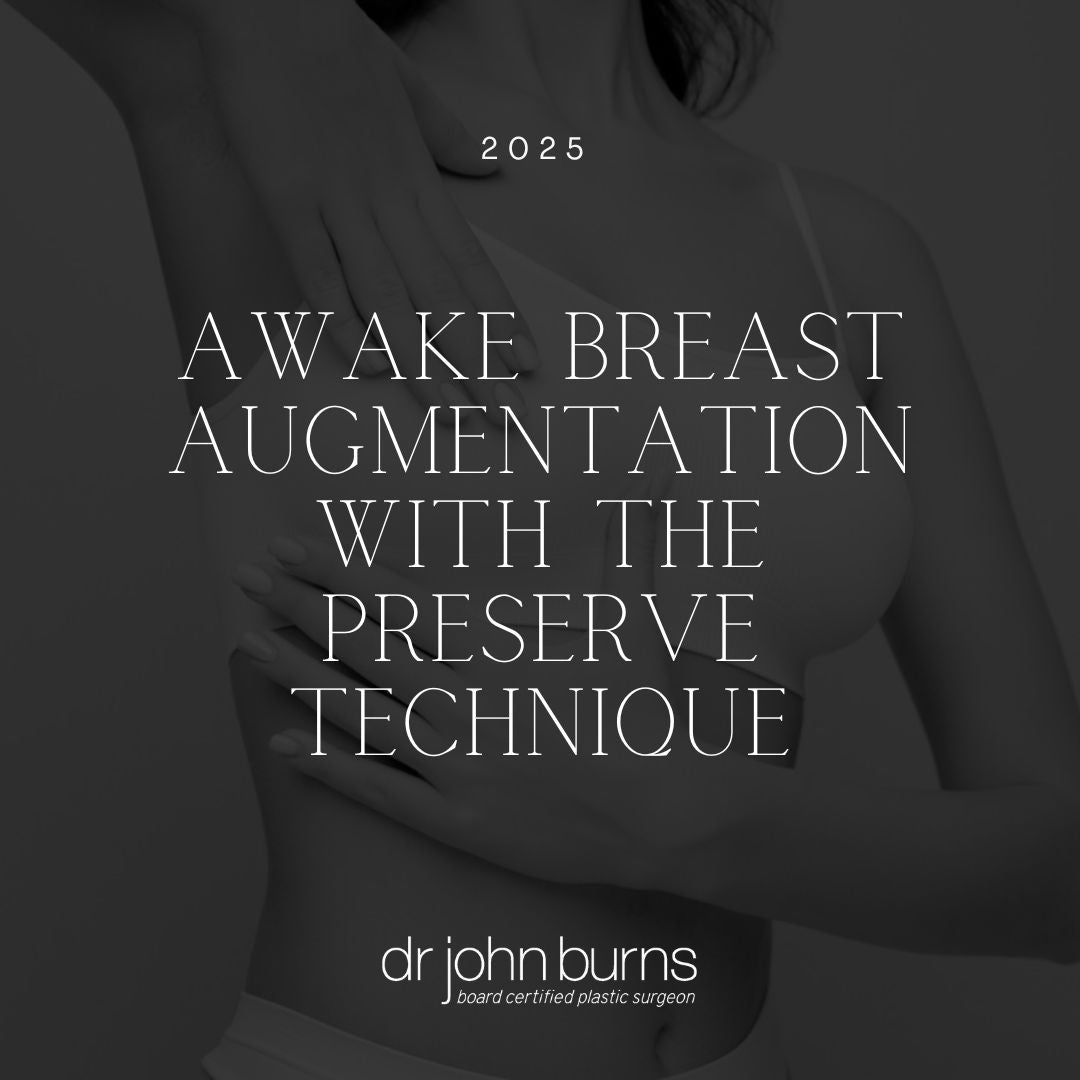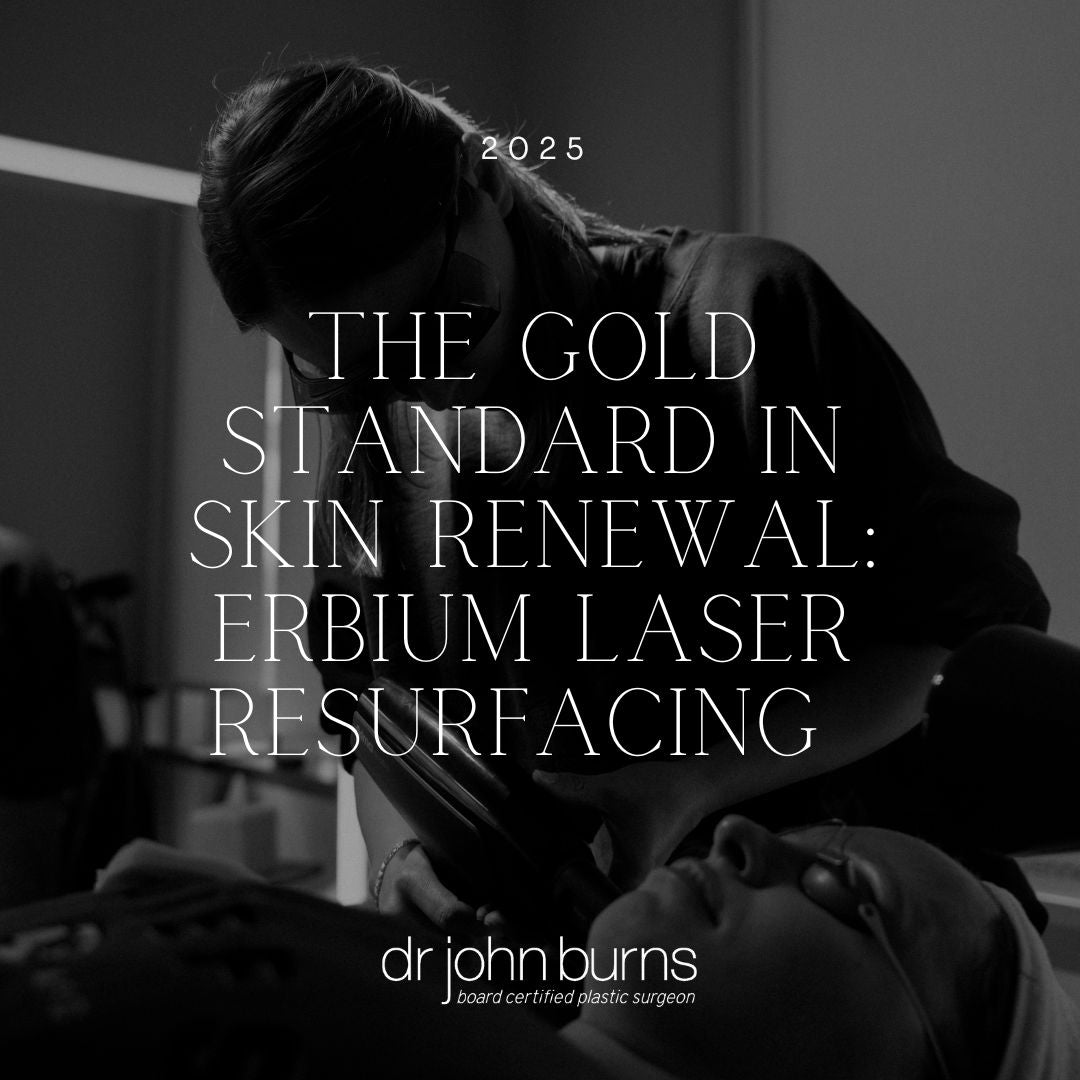April 2025
From Botched To Beautiful-
Correcting Bad Facelift Results
When a Facelift Doesn’t Go as Planned: What Comes Next
For many, deciding to get a facelift is a hopeful step toward feeling refreshed, more rested, and more like themselves. But when a facelift doesn’t turn out as expected, the disappointment can be deeply emotional and physically unsettling. A poor facelift result isn’t just about aesthetics—it impacts confidence, self-image, and trust in the process. Whether it’s uneven results, visible scarring, or a face that simply doesn’t feel like you, revision facelift surgery can be the path to recovery and restoration.
This blog will guide you through what can go wrong in facelift surgery, the signs of a poorly executed facelift, and most importantly—how a revision facelift can help correct the issues.
Common Signs You May Need a Revision Facelift
1. Distorted Skin and Altered Facial Features
An over-aggressive facelift can distort facial contours, leaving the skin feeling unnaturally tight or features appearing off-balance. These changes often result from excessive skin tension or improper repositioning of tissues. The end result can be a windswept or unnatural appearance. Revision facelift surgery can restore balance and symmetry with a more natural approach.
2. Elongated Ears and Misaligned Hairlines
"Pixie ear" deformities and recessed or uneven hairlines are red flags that a facelift lacked precision. These issues typically stem from overly tightened skin or poor surgical planning. An experienced revision facelift surgeon can reposition and restore the hairline and earlobes to a natural look.
3. Visible Scarring and Over-Tightening
One of the most frustrating results of a poorly done facelift is visible scarring or an overly pulled, "frozen" look. This usually happens when the skin is tightened without properly addressing the deeper tissue layers (SMAS), creating unnatural tension. A revision facelift by a board-certified plastic surgeon can soften these results, minimize scarring, and restore a more relaxed appearance.
4. Nerve Damage and Loss of Sensation
Although less common, nerve damage is one of the most serious complications. It can cause muscle drooping, facial asymmetry, or even partial paralysis. These complications often require complex revision facelift procedures performed by a highly skilled facial plastic surgeon.
Causes of a Botched Facelift
Understanding why facelifts sometimes go wrong can help you make more informed decisions moving forward. Some of the most common causes include:
Inadequate Planning and Execution
Successful facelift surgery begins with a deep understanding of each patient’s facial anatomy and unique aesthetic goals. Inadequate planning or a rushed surgical approach can lead to uneven skin tension, poorly placed incisions, and ultimately, disappointing results. Revision facelift procedures prioritize personalized planning to correct these errors and achieve balanced, natural results.
Choosing a Non-Specialist Surgeon
Not all cosmetic surgeons are trained plastic surgeons. Facelift surgery demands advanced surgical skill and in-depth anatomical knowledge. It’s why plastic surgeons participate in a rigorous board certification process and must maintain ongoing board certification. Patients who trust their faces to non-specialists often suffer from poor outcomes that could have been avoided. Always choose a board-certified plastic surgeon with extensive experience in both primary and revision facelift surgery.
4 Telltale Signs Of A Bad Facelift
Revision Facelift Techniques

When a facelift doesn't quite meet expectations, it can be disheartening for anyone striving to look and feel more confident. But rest assured, revision facelifts offer an opportunity for correction. Cutting-edge surgical techniques and non-surgical interventions now provide plastic surgeons with tools to address previous facelift outcomes.
Whether it’s addressing excess skin, reducing visible scarring, or optimizing overall facelift surgery results, these techniques are designed to refine and perfect. The board-certified plastic surgeon's skill, extensive experience, and understanding of modern surgical techniques all come together to make these corrective procedures successful.
These options can transform disappointment into satisfaction for facelift patients unsatisfied with their initial facelift.
Surgical Interventions



Surgical interventions are at the core of correcting bad facelift results, particularly for cases dealing with visible scarring or excess skin and pixie ear deformity. The key to successful facelift surgery revision is entrusting an experienced and skilled plastic surgeon. They understand the nuances involved in secondary facelift procedures and are adept at mitigating complications from previous facelifts. Plastic surgeons with extensive experience in revision facelift surgery utilize advanced surgical techniques to address poor facelift outcomes.
Corrective procedures in revision facelift surgery aim to refine the areas of concern from an initial facelift. By focusing on parts that did not meet the desired youthful allure or had inaccurate positioning of tissues, skilled surgeons can reposition and tighten the skin more adequately. Sometimes, incorporating additional procedures like a neck lift can enhance the overall surgical outcome. For many facelift patients, surgical interventions in the hands of competent, board-certified plastic surgeons represent a second chance at achieving the desired cosmetic result while minimizing visible scars.
Non-Surgical Interventions
Non-surgical interventions present an appealing option for those seeking to correct facelift imperfections without undergoing further surgery. These innovative methods offer a less invasive means of achieving cosmetic improvement and include options that focus on enhancing the skin's texture and reducing minor imperfections. Through a combination of techniques like laser treatments, dermal fillers, and skin-tightening technologies, patients can experience refreshed, rejuvenated appearances.
Laser treatments target visible scarring and hyperpigmentation issues, smoothing the skin's surface and promoting a uniform complexion. Dermal fillers, on the other hand, can add volume to areas where the facelift might have inadvertently created a hollow or gaunt appearance, restoring a youthful fullness to the face. Finally, state-of-the-art skin-tightening procedures use radiofrequency or ultrasound technologies to subtly lift and firm the skin, improving overall contour. These non-surgical methods, while less intensive than secondary surgical procedures are vital tools in the arsenal of a skilled plastic surgeon to address the outcomes of an initial facelift and help provide satisfying rejuvenation.
Nonsurgical Facelifting- A 40 Year Old's Facelift In A Syringe
Why Consider A Revision Facelift with Dr. Burns
Dr. Burns is a board-certified plastic surgeon with advanced expertise in complex facelift revisions. He understands the emotional and physical toll that a poor facelift outcome can take. Whether the problem stems from visible scarring, excessive tightness, unnatural contours, or nerve-related complications, Dr. Burns uses a tailored, methodical approach to correct past issues and deliver a more refined, natural result.
What Sets Dr. Burns Apart for Facelift Revision Surgery
-Advanced training in revision facelift techniques
-Meticulous attention to scar placement and tissue balance
-Commitment to restoring natural movement and appearance
-Use of internal support (e.g., SMAS and deep plane techniques) for long-lasting results
Newsweek's Best Plastic Surgeons: Facelift, Rhinoplasty, Breast Augmentation
Successful Revision Outcomes
For those who have experienced the unfortunate consequences of a previous facelift gone awry, hope is not lost. Revision facelift surgery can be a transformative experience, offering a chance to rectify past mistakes and achieve the desired aesthetic results. For facelift patients who endure unsuccessful outcomes, consulting a skilled plastic surgeon specializing in corrective procedures is paramount. Secondary facelift surgeries demand expertise and careful planning to address specific issues such as excess skin or poorly executed primary facelifts.
Preparing for Revision Surgery
Correcting the results of a bad facelift can be a daunting journey but one that is often necessary to restore not only a youthful appearance but also one’s confidence. Facelift revisions, or secondary facelift procedures, focus on addressing the shortcomings of a previous facelift and achieving the desired facial aesthetics. These corrective procedures are crucial for individuals who have experienced visible scarring, excess skin, or ineffective results from their initial facelift. A successful revision facelift hinges on meticulous planning, which includes selecting a surgeon with extensive experience in revision surgeries, understanding one's own surgical history, and setting realistic expectations for the outcome. As patients prepare for a revision procedure, it’s vital to consult with skilled professionals who specialize in this intricate area of cosmetic surgery.
Facelift Recovery 101: What To Expect At Home
You’re Not Alone—And It’s Not Too Late

The disappointment of a botched facelift can be overwhelming—but you’re not out of options. With the right revision facelift specialist, it’s possible to restore what was lost, repair what went wrong, and help you look and feel more like yourself again.
If you’ve experienced an unsatisfactory facelift result, contact our office to schedule a consultation with Dr. Burns. Together, we’ll explore the best revision options to help you move forward with confidence.
Complimentary Consult with Dr. Burns
Stay In Touch
Follow us for news and information on plastic surgery procedures





